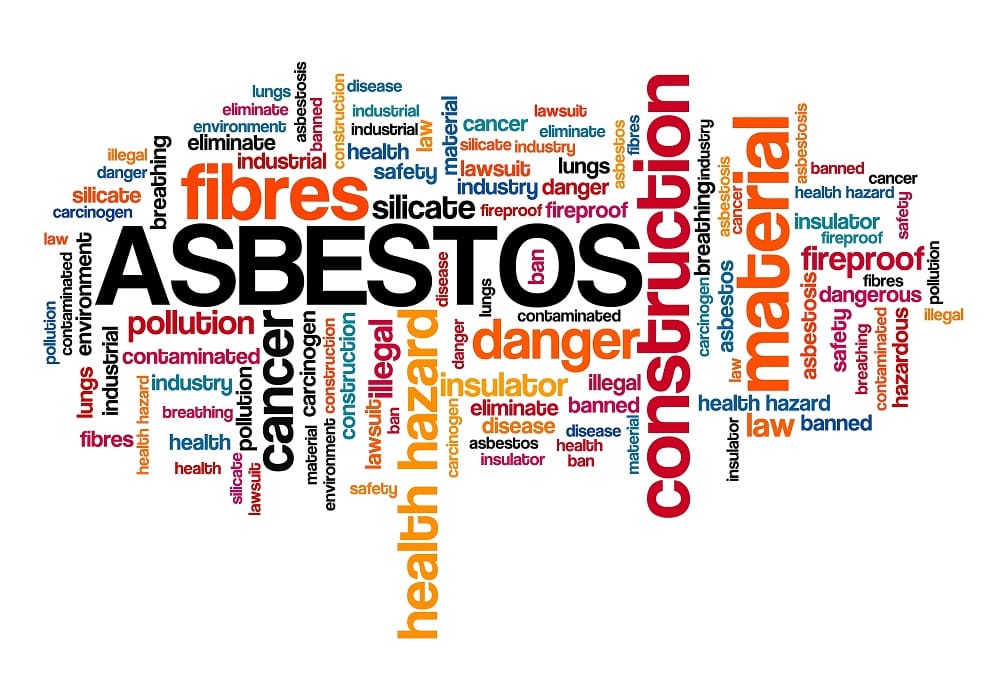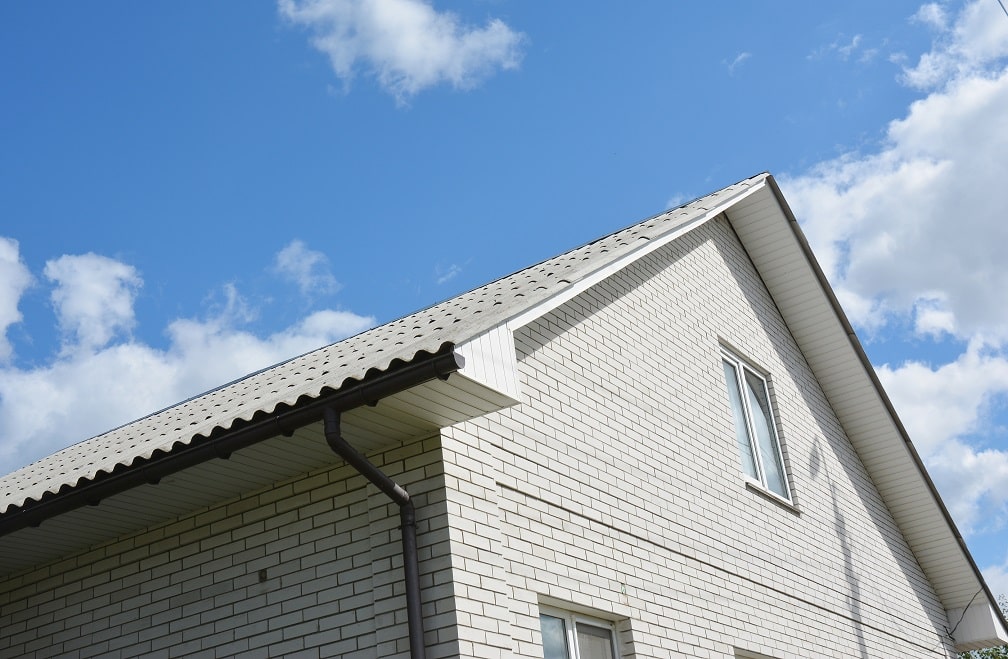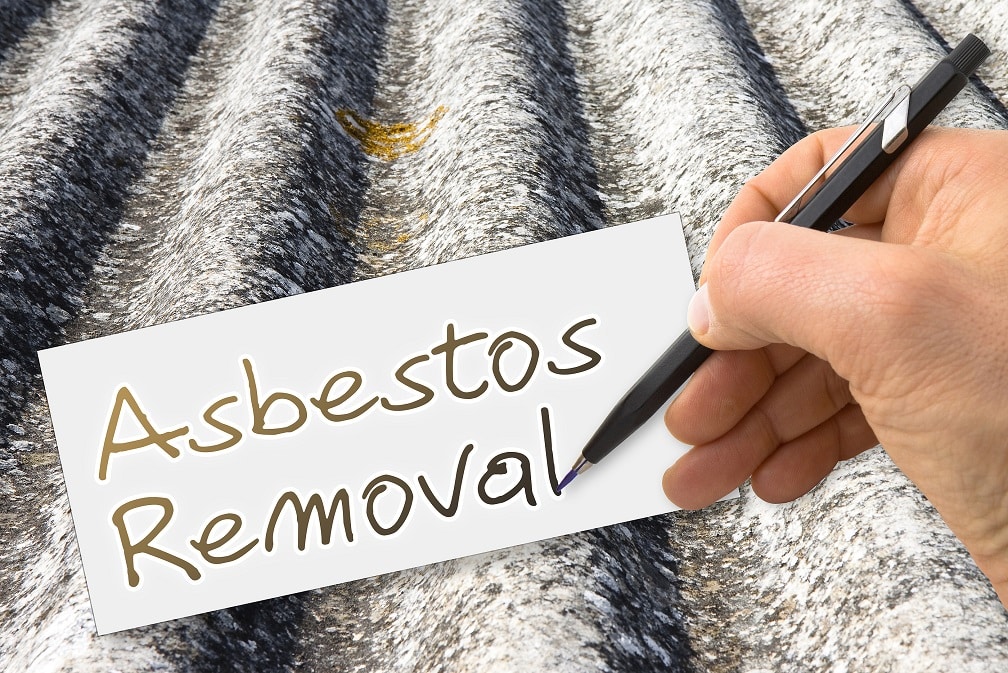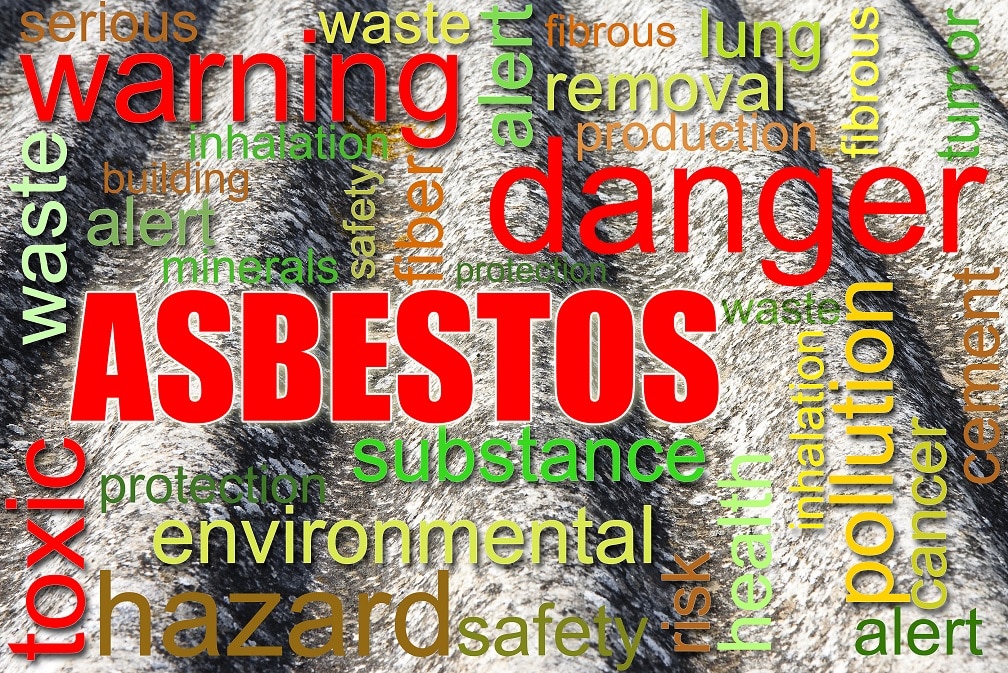By definition, ‘Asbestos’ is a blanket terminology that describes six distinct types of naturally occurring minerals. Information about each type of mineral’s distinct properties was published by the Environmental Protection Agency (EPA) in 1976, resulting in a ban on more than 50 countries. This occurrence was after EPA adopted the categorization done by the Toxic Substances Control Act (TSCA.)
- Chrysotile (White Asbestos)
Among the six types of asbestos, this is still the most prevalently used in contemporary settings. The industry focuses on this type of asbestos because it is described as the safest compared to the other five types of asbestos. Much higher levels of exposure are required for Chrysotile to cause illnesses.
Moreover, manufacturing companies that deal with it have put more safety measures to ensure that its adverse effects are abated significantly.
2. Amosite (Brown Asbestos)
Amosite is considered to be the second-most hazardous type of asbestos. It was mostly mined in parts of South Africa, but its industrial usage came to a halt close to a decade ago; thus, it is not mined anymore. It is physically characterized as brown with long thin fibers that are long and weak, making it fragile and easy to break. As a result of its brittle nature, Amosite fibers are easy to inhale, so it is considered a health hazard.
3. Crocidolite (Blue Asbestos)
It is considered the most hazardous type of asbestos and was mostly found in South Africa, Bolivia, and Australia. Its physical attributes include a blue color with straight fibers.
Crocidolite is also the most heat resistant type of asbestos, which explains why it was prevalently used in steam engine insulation. Its other applications were; manufacture of cement products, spray coating, and pipes’ insulation.
4. Anthophyllite
Anthophyllite asbestos is a member of the amphibole group. It has a myriad of physical appearances ranging in different shades of colors from gray, off-white and brown. It comprises various mineral components that include silicon, oxygen, magnesium, hydrogen, and iron. Anthophyllite forms shapeless crystals, which sometimes have streaks of gray pigments that give is a pearly sort of luster. It is mostly found in Finland.
5. Tremolite
Tremolite comes in a range of colors and can also be transparent. It has never had any commercial use. Consequently, minimal research has been done to assess its precise effects on human health.
However, Tremolite is considered as a contaminant of talc powders, chrysotile asbestos, and vermiculite.
6. Actinolite
Iron is among the main chemical components of Actinolite and is why this asbestos material is green in color. The more the iron present, the darker the color. It is one of the most rigid types of asbestos and has never had any commercial application.
Conclusion
The dangerous effects of asbestos on human health vary depending on the type. However, it is salient to note that none of the six types of asbestos is considered safe. All health organizations agree that asbestos is a carcinogenic substance linked to maladies, such as ovarian cancer, mesothelioma, lung cancer, asbestosis, and laryngeal cancer.





